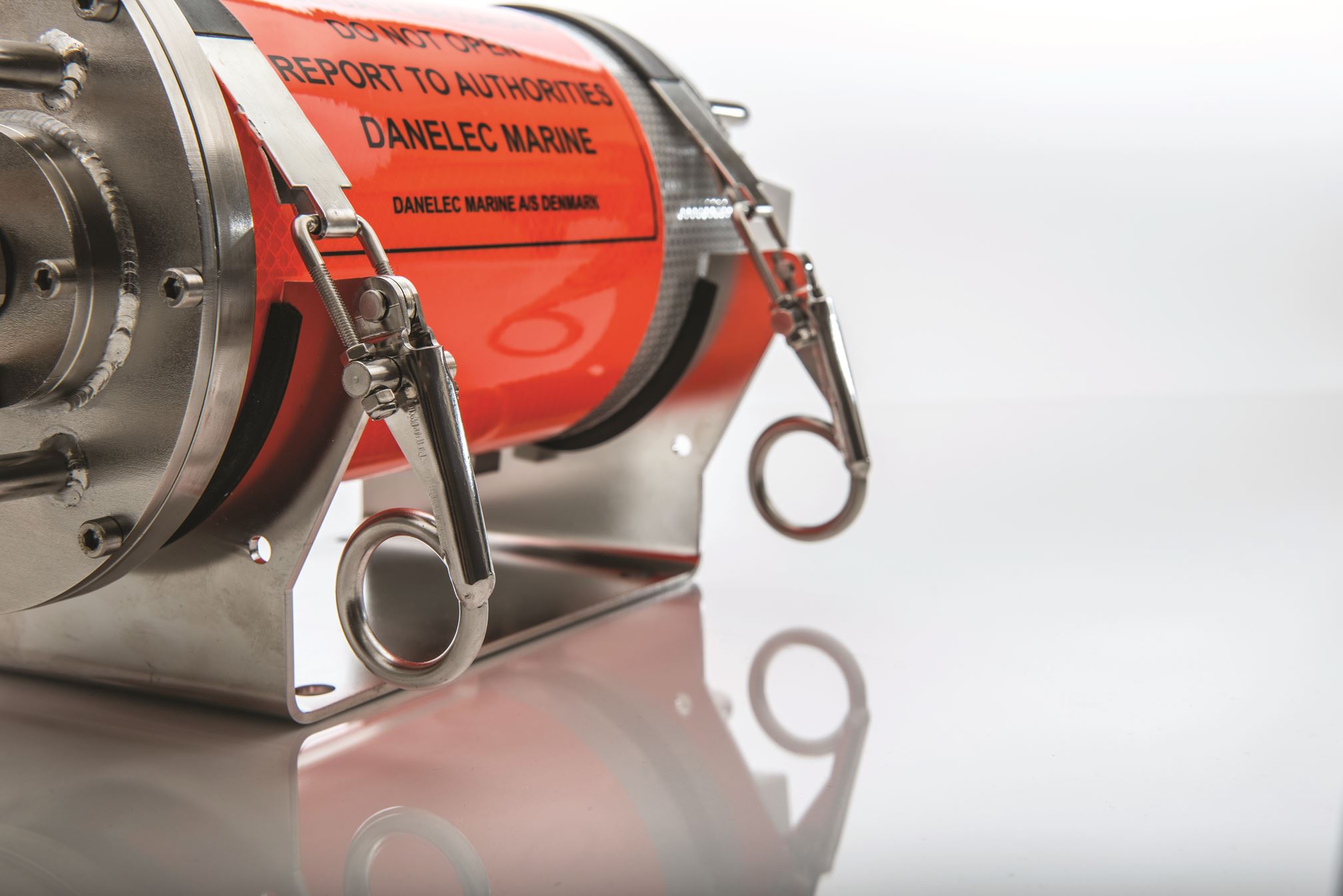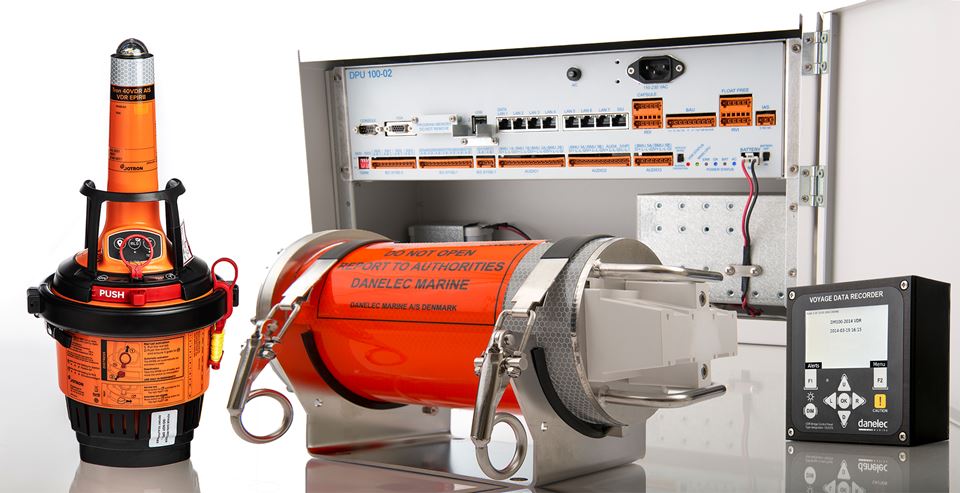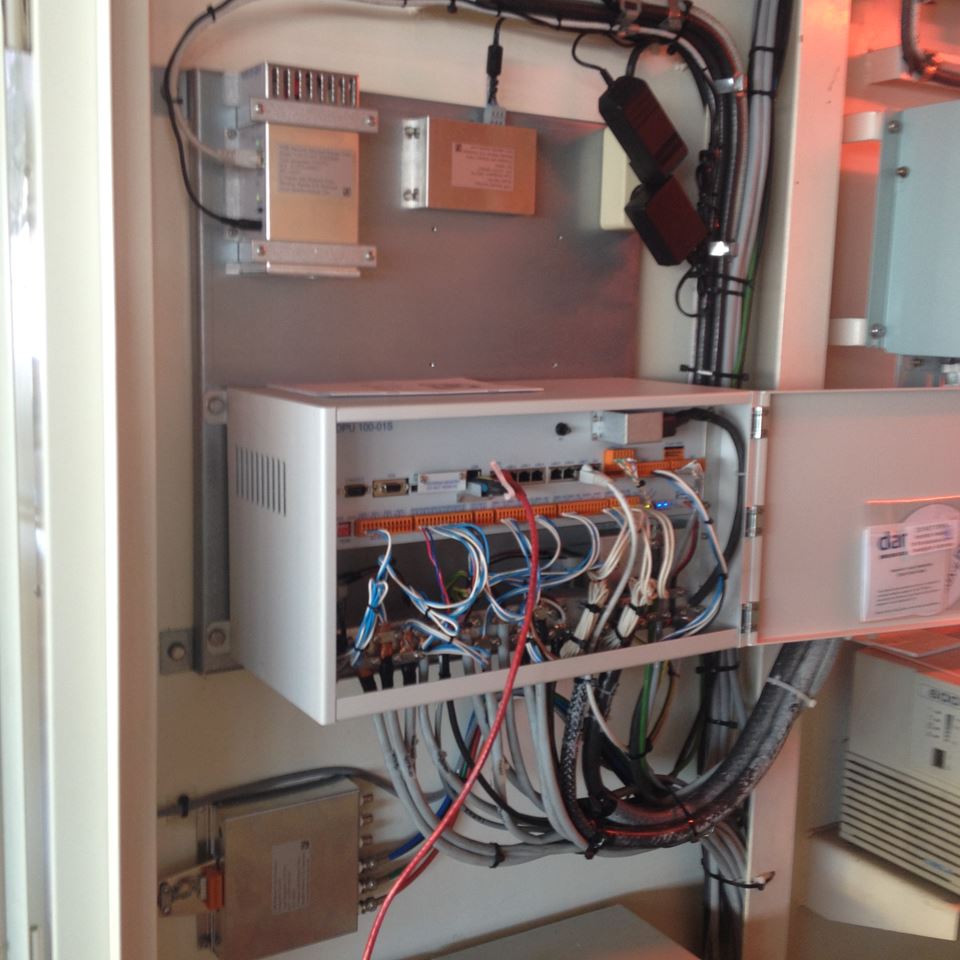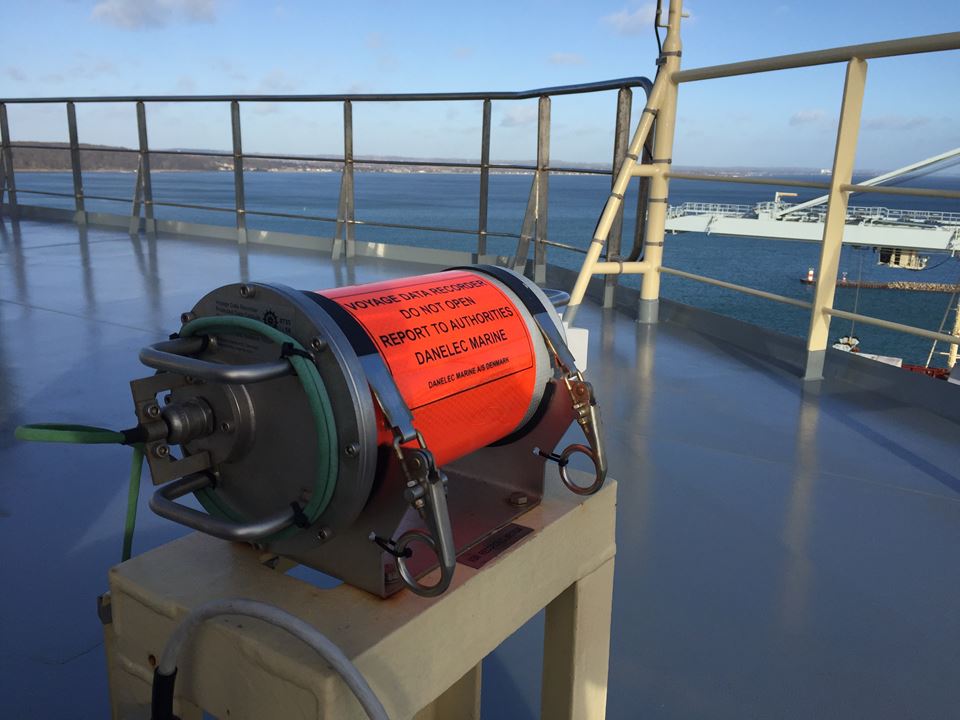
VDR turns 21 this year
As a leading supplier of Voyage Data Recorders, Danelec enables ship owners and operators to meet requirements under Regulation 20 of SOLAS* Chapter V on Voyage data recorders (VDR), which states that passenger ships and cargo vessels of 3.000 GT and above constructed on or after July 1, 2002 must carry a VDR, while a Simplified VDR (S-VDR) is accepted for cargo ships of 3.000 GT and above which were built before July 1, 2002.
We have already looked closely at the requirements of SOLAS Chapter V, Regulation 20 in an earlier blog. They underpin Danelec’s leading position in the market as the reliability of our VDRs safeguards our customers from downtime, ensuring that they are always compliant. However as VDR regulations turn 21 years-old in July, we reflect how they have not only improved maritime safety and investigation, but enabled new workflows that today are making ships much more efficient.

Unlocking the door to Digitalisation
Perhaps the biggest development in this respect has been the DanelecConnect platform, Danelec’s own cloud infrastructure which we designed specially to allow stakeholders to generate value from vessel data. The platform is a technology agnostic cloud solution for vessel and fleet data management, analysis, and application using state-of-the-art partner systems such as ship modeling for performance optimisation from Nautilus Labs, marine data analytics for decision support from ioCurrents, and the aviation industry-inspired operational awareness solutions from nauticAi.
These and other partner solutions depend on DanelecConnect to deliver the raw data they need to provide value to users and in most cases, this data comes directly from the VDR on board a ship via another Danelec development, the Vessel Remote Server (VRS). It’s the ability to securely funnel data outside of the VDR itself that represents the expanded operational value stemming from Regulation 20 of SOLAS Chapter V.
While once VDR was a cost that was needed to enable better accident investigation and to improve maritime safety overall (and avoid penalties of course), the data they collect can now be used to generate significant efficiency, lower carbon and other greenhouse gas emissions, and ultimately reduce vessel and fleet OPEX considerably.

Going full circle
While our DanelecConnect partner programme is enabling savings for ship owners and managers, we are also committed to the development of first-party solutions that leverage the best of our cloud-based maritime IoT infrastructure. In some ways, this brings us full circle, as the latest DanelecConnect enabled solutions are remote services that actually provide direct access and even control of our VDRs from shore.
There are two new services available with the VDR Monitoring Service providing online health status of VDRs combined with reported location of vessels, while the VDR Management Service adds the ability to remotely extract VDR recordings, download alarm logs and VDR Pre-Annual Performance Tests (Pre-APT). Both services are made possible by DanelecConnect and are designed to provide choice for customers looking to enhance operational safety, ensure continued compliance monitoring and uninterrupted incident investigation, while enhancing service planning, remote service configuration and predictive maintenance.
With the first 21 years of maritime VDRs resulting in the technology becoming essential to ship performance as much as maritime safety, we are sure that they are set to produce even more innovations by the time we reach their 40th birthday. In fact, Danelec already has plenty in the pipeline, so watch this space!

*SOLAS, short for the Safety of Life At Sea, is an International Maritime Organisation convention adopted in November 1974 and which entered into force on the 25th May 1980. It currently has 14 chapters which specify minimum standards for the construction, equipment and operation of ships, compatible with their safety in areas from the safety of navigation to Safety measures for ships operating in polar waters. A full background and description of the chapters can be found on the IMO SOLAS page.
Get in-touch
Want to get in-touch with us? Want to know more about our products and services offering? We are keen to hear from you and will make sure to get back to you as quickly as possible.